celestial forecast 
Bright Lights in the Summer Sky: A Stargazer's Planet Feast | Stargazing Tips | Space.com

----------



Bright Lights in the Summer Sky: A Stargazer's Planet Feast | Stargazing Tips | Space.com
Backyard astronomers, rejoice. There's a celestial party in the sky this summer, and you won't want to miss the season's dazzling sights, as five planets shine so bright you'll be able to pick them out with the naked eye.
Throughout July, Venus and Jupiter will steal the show, as the two most luminous planets blaze brightly in the early predawn sky. Next month, in August, the cosmic trio of Saturn, Mars and the bright star Spica will put on a heavenly dance for observers shortly after sunset.
Throughout July, Venus and Jupiter will steal the show, as the two most luminous planets blaze brightly in the early predawn sky. Next month, in August, the cosmic trio of Saturn, Mars and the bright star Spica will put on a heavenly dance for observers shortly after sunset.
Currently, Venus and Jupiter appear as two bright beacons in the early morning sky, visible roughly one to two hours before the sun rises in the east-northeastern sky.

"We have what I call a little drama in our morning sky," said Joe Rao, SPACE.com's night sky columnist. "Unfortunately, it's happening when people are watching the 'inside-the-eyelid show.' But for early risers, the two brightest planets in the sky are nearing each other again, and it's making for a lovely sight."
Two bright lights
Venus and Jupiter are now in the vicinity of the V-shaped Hyades star cluster, which is located about 153 light-years from Earth. On Saturday (July 7), the planetary duo will line up with the bright star Aldebaran, which forms the unblinking red eye in the constellation of Taurus (the Bull).
By July 9, Venus and Aldebaran will be so close together they should form an intensely bright pair, with Jupiter appearing above them.
Over the next week, the two planets will wander closer together, capping their celestial rendezvous on July 14 with an encounter with the picturesque crescent moon, Rao explained. [Infographic: Bright Planets in Summer Night Sky Explained]
Each morning leading up to July 14, the planets will be changing positions in the early morning sky, but they are so bright they should be fairly easy to spot with the naked eye, provided you have good weather conditions.
Two bright lights
Venus and Jupiter are now in the vicinity of the V-shaped Hyades star cluster, which is located about 153 light-years from Earth. On Saturday (July 7), the planetary duo will line up with the bright star Aldebaran, which forms the unblinking red eye in the constellation of Taurus (the Bull).
By July 9, Venus and Aldebaran will be so close together they should form an intensely bright pair, with Jupiter appearing above them.
Over the next week, the two planets will wander closer together, capping their celestial rendezvous on July 14 with an encounter with the picturesque crescent moon, Rao explained. [Infographic: Bright Planets in Summer Night Sky Explained]
Each morning leading up to July 14, the planets will be changing positions in the early morning sky, but they are so bright they should be fairly easy to spot with the naked eye, provided you have good weather conditions.
All eyes on Venus
If you find Venus in the sky before sunrise and keep your eyes on it, you might even be able to see it after the sun comes up, Rao added.
As the month goes on, Venus and Jupiter will begin going their separate ways, but should both still be visible in the sky, said Geoff Gaherty, who runs the Foxmead Observatory in Ontario, Canada, and writes skywatching articles for Starry Night Education and SPACE.com.
"Venus will be shining brightly in the morning sky for the rest of the year, sticking close to the sun," Gaherty told SPACE.com in an email. "Jupiter, on the other hand, will rise earlier every night, moving into the evening sky around its opposition to the sun on December 3."
Backyard astronomers may remember that Venus and Jupiter previously met up for several months at the beginning of the year, creating an impressive show in the night sky that lasted well into March.
If you find Venus in the sky before sunrise and keep your eyes on it, you might even be able to see it after the sun comes up, Rao added.
As the month goes on, Venus and Jupiter will begin going their separate ways, but should both still be visible in the sky, said Geoff Gaherty, who runs the Foxmead Observatory in Ontario, Canada, and writes skywatching articles for Starry Night Education and SPACE.com.
"Venus will be shining brightly in the morning sky for the rest of the year, sticking close to the sun," Gaherty told SPACE.com in an email. "Jupiter, on the other hand, will rise earlier every night, moving into the evening sky around its opposition to the sun on December 3."
Backyard astronomers may remember that Venus and Jupiter previously met up for several months at the beginning of the year, creating an impressive show in the night sky that lasted well into March.




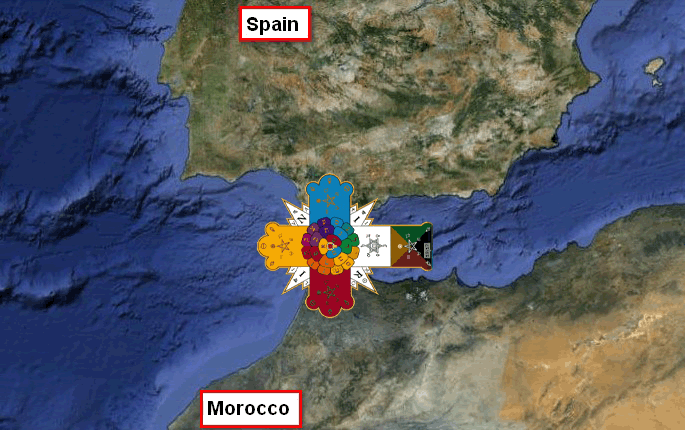
 .....
..... 







 )
)
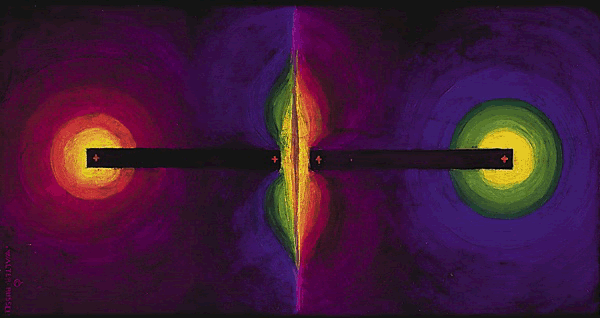

 work there was the hope that you could distinguish between the provable and the unprovable and simply leave the unprovable to one side. What
work there was the hope that you could distinguish between the provable and the unprovable and simply leave the unprovable to one side. What 
 that were by far more than just chance
that were by far more than just chance
 ) as it might be interpreted as Doom and Gloom ... but as you put it so well :
) as it might be interpreted as Doom and Gloom ... but as you put it so well :
 of how stupid they think we are , or when i get overwhelmed by a
of how stupid they think we are , or when i get overwhelmed by a 
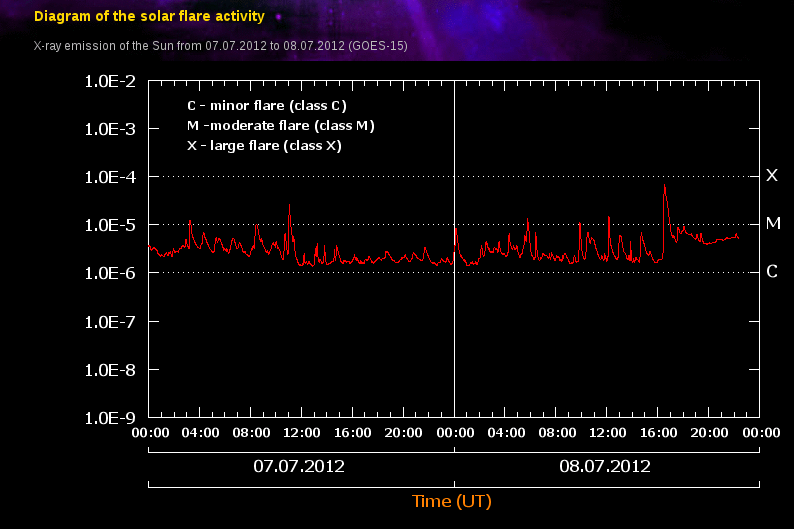



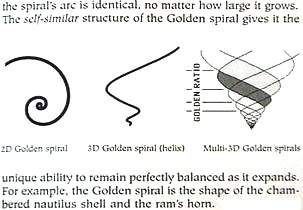
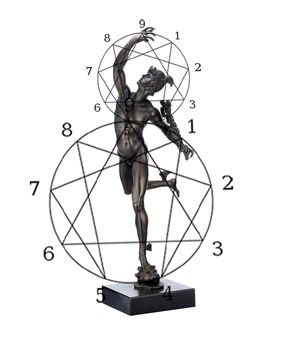

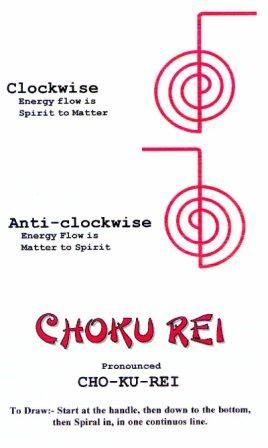
Comment